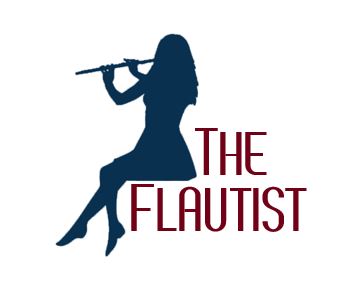Somewhere Over The Rainbow
by Harold Arlen & Yip Harburg
Eileen Gilligan Flute and Daniel Le Piano – Somewhere Over The Rainbow
Somewhere over the Rainbow is a melody I play almost every day in every key for two reasons expression and colour. This is a vocalisation which is where words connect the player, their inner musical expression and the flute together. The words open up the mouth and throat for tone and expression and aid the player with the subtle nuance in the phrasing. Keys give the player a strong sense of individual key colour.
Somewhere over the rainbow
Way up high
There’s a land that I heard of
Once in a lullaby
It was a defining moment for me where I really understood words, singing, expression, depth of tone and subtlety in playing. This version of the melody is beautiful. Very happy with the recording.
For a player, words are powerful things. They help with tone by shaping and opening up space in the mouth for tone quality. They aid with deep expression, subtle flexibility in phrasing and the result is really genuine and more refined for me in the phrasing I can achieve.
I have always done it in all keys because transposition is invaluable to the player for key colour recognition. The exercise “Somewhere Over The Rainbow” by Gasper Hoyos will make it easy for players who are just getting used to transposing and also for teachers who wish to introduce students to tone and transposing. As soon as you can put the music away, move away from the music stand and play it in all keys. I rarely miss a day of this.
The pitch bend low note chromatic exercise with the octave at the end of it is perfect complement to this vocalise. Be careful that when you do the octave it is up and over the back of the head OH not and Ehh as you would if you sang the octave, or you will get a nasty octave note. This is why “Love” is such a wonderful word, everything is down and open when saying or singing it. “Where” from “Somewhere” is the same, that is how the octave should come out. Also, rain -bow is a down up with the air stream and open also.
The other worthwhile learning aspect of this piece is for the majority of the time it is sitting so lightly on the speaking point of the flute {the point where the flute tone speaks, rings, and resonates with no effort}. Most of it is piano {soft}, to get the tone to ring, project, have expression and depth is tricky and takes control. I avoid at all costs the soft flute tone that is dead and bland that comes so often with soft dynamics. It tends to lack harmonics, the ability to communicate emotion to the listener and definitely does not project or fill the room. This piece will test, develop, and keep the ability to sit on the speaking point in the player. If the sound is not ringing around the room at a soft dynamic level and the flute vibrating under your fingers, then your harmonics are not in tune, and you are not sitting on the speaking point. The pitch bend chromatic exercise finds the speaking point. Start in the low register, take it up over the full range and do pitch bends on all the arpeggios in the scale patterns. I would tape your session and listen for the tone quality, dynamics, and resonance. If it is not there then go back to the Foundation Tools {these are on the website and based on Mastering The Flute With William Bennett and revisit them. They should be done every day, it doesn’t take very long to lose the flexibility and facilities they offer.
Below is what I transcribed and inspired me to this performance.
Yo Yo Ma – Somewhere Over The Rainbow
Inspiring musicianship, passion, finesse and of course I wanted to sound not like a flute, I did not achieve this but I am very happy for once that I did sound like a flute as the end result pleased me and is what I was after.

Recent Comments